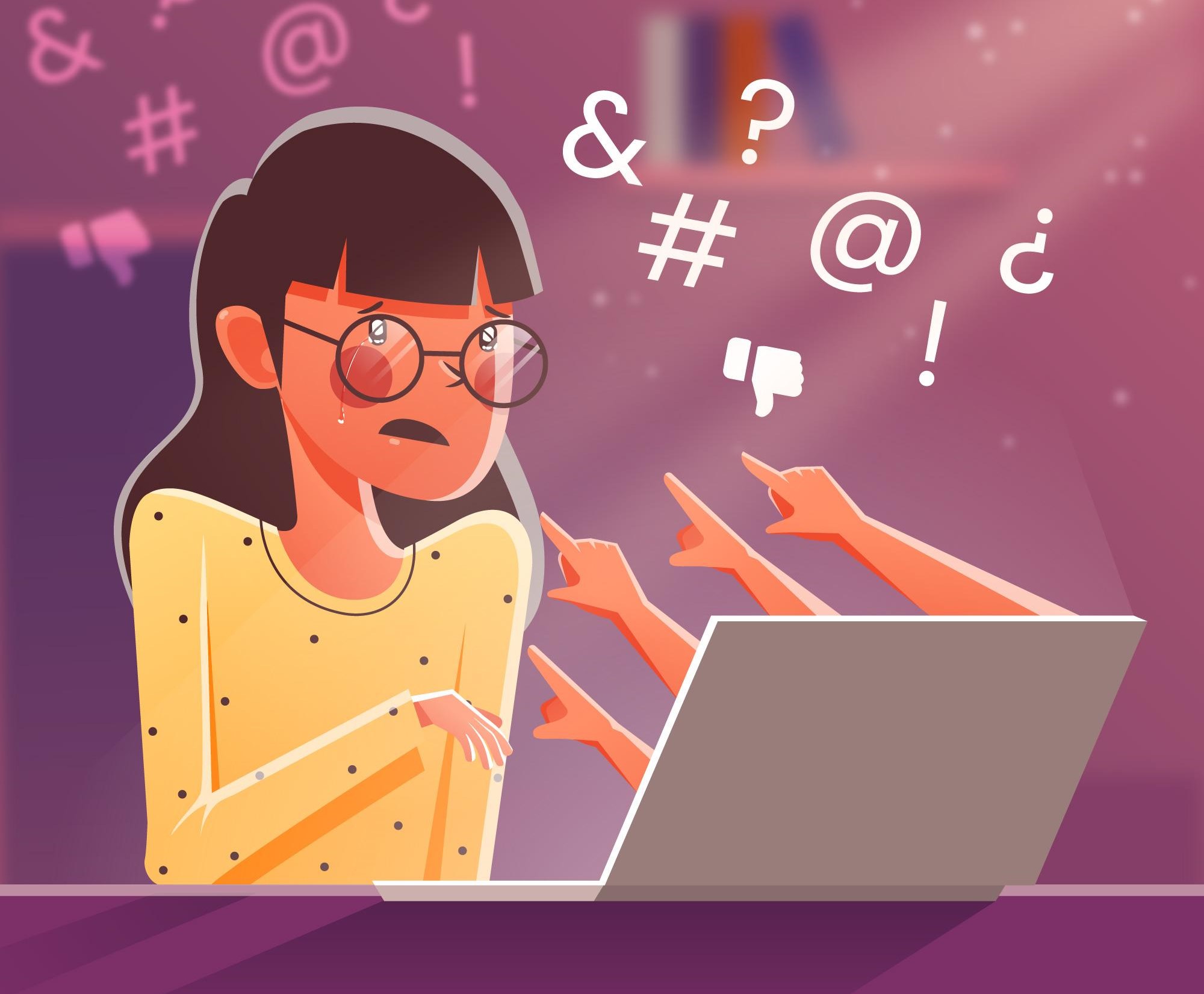


In the realm of coding, where creativity meets logic, there exist challenges that often test the patience and perseverance of developers. Among these challenges, one aspect stands out as a universal source of frustration: encountering obstacles, glitches, and errors in the code. These stumbling blocks, often referred to as bugs, are notorious for causing unexpected behavior or halting the functionality of software applications. Despite the rewarding nature of coding, these glitches and their troubleshooting processes can be a constant source of annoyance for developers worldwide. This article aims to delve into the most exasperating aspects of coding, exploring the reasons behind their frustration and their impact on the website development experience.
The world of coding, despite its rewards, is not without its challenges and frustrations. Among the many aspects that can be exasperating to coders, one of the most commonly cited is encountering bugs or errors in code. These glitches often appear unexpectedly and can be arduous to pinpoint and rectify, leading to significant frustration among developers.
Bugs and errors, in essence, are deviations from expected behavior, resulting in the malfunctioning of code. These can arise due to syntax errors, logical errors, or issues in integrating various components of the code. The process of debugging, essential in resolving these issues, demands meticulous attention to detail and can be an arduous task. The challenge lies in identifying the root cause of the problem accurately, which often involves scouring through extensive lines of code.
Another vexing aspect in coding is encountering issues related to compatibility and platform dependencies. Code that works perfectly on one platform or browser might exhibit unexpected behavior on another, due to varying interpretations of code standards or platform-specific limitations. This necessitates adapting code to function uniformly across different environments, a task that often consumes a considerable amount of time and effort.
Moreover, working on large-scale projects in a team setting can be both rewarding and frustrating. Collaborative coding involves merging multiple lines of code, which can sometimes lead to conflicts or clashes between changes made by different team members. Resolving these conflicts can be time-consuming, particularly when multiple developers are simultaneously modifying the same codebase.
Additionally, keeping up with the rapidly evolving landscape of programming languages, frameworks, and tools can be a source of frustration. Continuous learning and adapting to new technologies are crucial for staying relevant in the field of coding. However, the sheer pace of change and the need to constantly upgrade skills can be overwhelming at times. This perpetual learning curve is often considered the toughest part of coding, requiring developers to embrace a mindset of continuous improvement and adaptability.
Further, the absence of clear documentation or poorly documented codebases can pose significant challenges. Navigating through poorly documented code complicates understanding and maintaining the codebase, often leading to confusion and wasted time in deciphering its functionality and structure.
Addressing the most annoying challenges in coding often requires a systematic approach and a combination of problem-solving strategies. Here are steps to help tackle some of the common frustrations in coding:
By employing these strategies and maintaining a methodical approach, developers can effectively mitigate many of the most annoying challenges encountered in coding.
While coding offers immense creative satisfaction and problem-solving opportunities, it comes with its share of exasperating challenges. Bugs, compatibility issues, collaborative conflicts, rapid technological changes, and inadequate documentation are some of the most frustrating aspects that developers encounter in their coding journey. Overcoming these hurdles demands patience, perseverance, and a relentless quest for learning and improvement in the ever-evolving world of coding.
